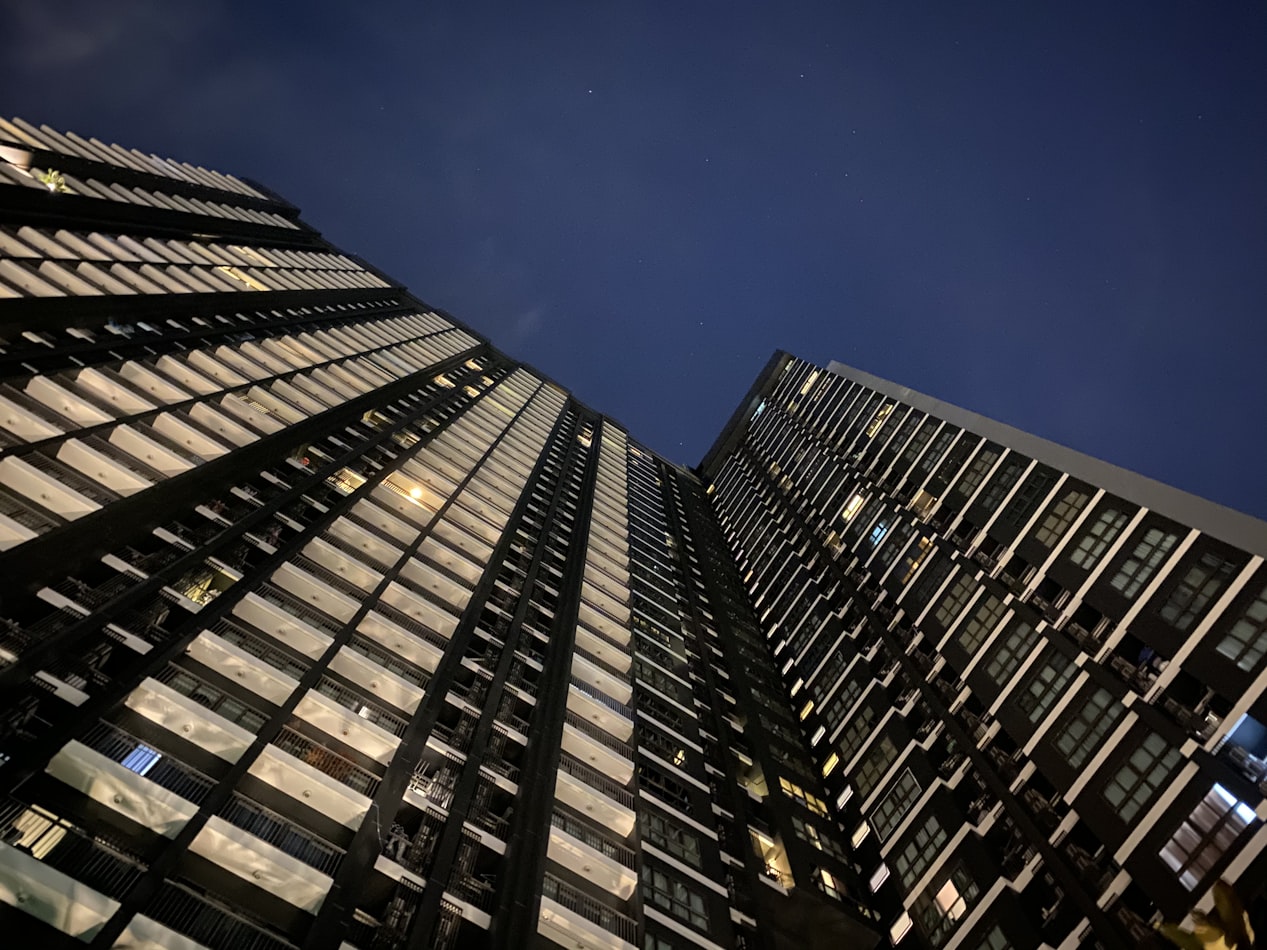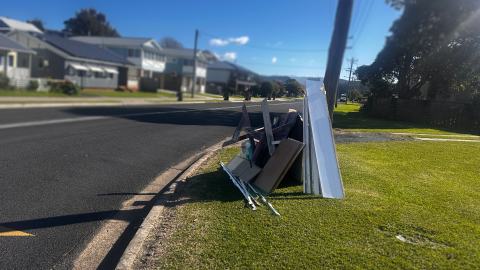A new $314 million 67-bed expansion of the Queen Elizabeth Hospital will open to the public this week, adding much-needed extra capacity to South Australia’s busy hospital system.
More than 1,800 clinicians, nurses and other staff are putting the final touches on the hospital’s new five-storey clinical services building, which will begin full operation on Wednesday.
The building – named Kangkanthi which means ‘to care’ in Kaurna – includes 52 new inpatient beds and a 46-treatment bay emergency department including 15 extra new ED beds, almost 50 per cent larger than the hospital’s old ED.
The new ED also has a three-bed rapid assessment zone to provide early investigation and treatment to fast-track patients. A four-bed safe assessment area will separately provide a safe, therapeutic environment for mental health patients who require extended assessment and treatment.
Other features of the 27,000 square metre space include a larger 14-bed Intensive Care Unit, a new MRI machine and two CT scanners. A new cardiac catheter lab and procedural suite will be a key part of improved clinical support services, which also include expanded medical imaging and pathology.
The dedicated 52-bed rehabilitation facility, located on levels three and four of Kangkanthi, will pave the way for the QEH to be a key provider of inpatient general rehabilitation services for patients recovering from a stroke, burns, an amputation or orthopaedic concerns.
These new QEH beds mean the Government has now built more than 100 new beds across the system this year, ahead of target to reach our target of building more than 330 new beds by the end of next year, the equivalent of adding more than another QEH into the system.
New beds built this year are:
- 52 inpatient beds at the Queen Elizabeth
- 15 extra ED beds at the QEH
- 20 extra beds at Flinders Medical Centre
- 10 extra ED beds at Gawler Hospital
- 6 extra beds at the Repat
Kangkanthi is also equipped with contemporary therapy spaces on each rehabilitation ward, consisting of single bedrooms each with their own ensuite and specialised features such as integrated ceiling lifters.
There are 12 state-of-the-art operating theatres with advanced digital technology to assist in surgical decision-making and treatment, and a new central sterilisation service for theatre instruments. Patient recovery areas are spacious with natural light, designed to help patients move smoothly between zones, improving their hospital experience and helping reduce delays.
The new building has been awarded a 6-star In-house Green Rating Assessment Tool score for design and construction, ensuring environmental sustainability. Kangkanthi will be one of the first major healthcare building in Australia to be all-electric, with no natural gas used within the building.
The opening comes as the hospital celebrates its 70th anniversary this year.
The QEH opened in 1954 as a maternity hospital and expanded its services, becoming a general hospital in 1959. The hospital has a proud history that includes:
- First unit in Australia to perform a successful kidney transplant in 1964.
- First teaching hospital in South Australia to be accredited by the Australian Council on Healthcare Standards.
- First IVF baby in South Australia was born at the QEH in 1983.
- First hospital in South Australia to appoint a cardiac nurse practitioner.
The space created in the old ED is being turned into a new Hospital Avoidance Hub for the western suburbs, set to open in coming months.
Following on the success of hospital avoidance programs in Sefton Park and Daw Park, the new hub will provide rapid, multidisciplinary care seven days a week for patients who do not need to attend an ED.
The introduction of the new hub in the western suburbs will help to improve care, by offering patients more suitable treatment pathways and linking them back to primary care. It will see patients referred from general practice, SA Ambulance Service, virtual care services, non-government organisations, and EDs when appropriate.
In the past 12 months alone, the hospital avoidance hub in Sefton Park has seen nearly 10,000 patients, helping to reduce hospital demand and free up beds for those requiring urgent emergency care.
As put by Peter Malinauskas
We need more capacity in our hospitals and it’s fantastic to have these 67 brand new beds coming online at the Queen Elizabeth.
They’re part of our plan to open more than 600 beds across our hospitals to boost capacity and improve patient care. I’m proud to lead a government that is making significant investments in health for the long term.
The Kangkanthi building, which was funded, planned, and announced by the previous Labor Government in June 2017, will play a crucial role in enhancing patient care.
What an incredible achievement for the Queen Elizabeth to celebrate its 70th anniversary this year. I thank all those staff, past and present, involved in delivering high-quality care to the community.
As put by Chris Picton
We know our hospital system needs more beds and that’s exactly what we are building.
This new building at the QEH has 67 new beds and an almost 50 per cent larger emergency department to provide better care for our western suburbs’ communities.
And next year another 36 beds will open at the QEH as part of our recent State Budget beds boost.
Over the course of this year and next we are opening more than 330 new beds across our health system – that’s the equivalent of adding more than another QEH into our hospital system.
As put by Member for Cheltenham, Joe Szakacs MP
The QEH is part of the fabric of the western suburbs. Generations of people have been cared for at the hospital.
We proudly welcome this significant upgrade, so that generations more continue to receive world class care in their local community.
As put by Central Adelaide Local Health Network Acting Chief Executive Officer, Dr Kathryn Zeitz
Since it first opened 70 years ago, so many people have been part of the QEH’s journey. Stories of medical innovation and ground-breaking research, leadership, love, and commitment to care have made the QEH what it is today.
Engagement with health professionals and the community, including Aboriginal consumers, has been at the forefront of all planning and design of the new building to ensure the redevelopment reflects the needs of the western suburbs now and into the future.
Thank you to the many staff and consumers who have contributed to this amazing project. It will support a strong culture of world-class care, teaching, learning, and innovative research for the QEH.








